THIS IS KISH ISLAND
Kish Island is a 91.5-square-kilometre (35.3 sq mi) resort island located in Bandar Lengeh County, Hormozgan Province, off the southern coast of Iran in the Persian Gulf. Due to its status as a Free Trade Zone, the island is home to numerous malls, shopping centers, tourist attractions, and resort hotels. It has an estimated population of approximately 40,000 residents and attracts about 1 million visitors annually.
Kish Island ranks among the most-visited vacation destinations in the Middle East, following Dubai and Sharm el-Sheikh. Tourists from many countries, for which Iran typically requires a visa, are exempt from this requirement when entering the Kish Free Zone. For these travelers, travel permits are issued upon arrival by Kish officials.
Kish is a small island, yet full of wonders. As this popular tourist destination boasts numerous attractions, be sure to visit its prominent landmarks while exploring IRANIMEX.
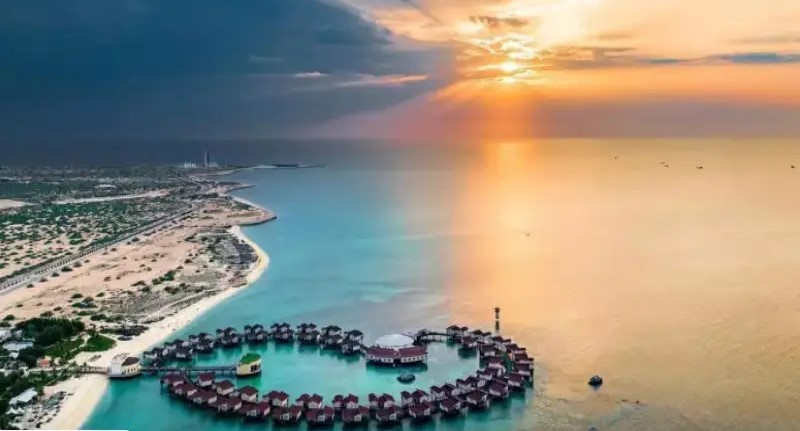
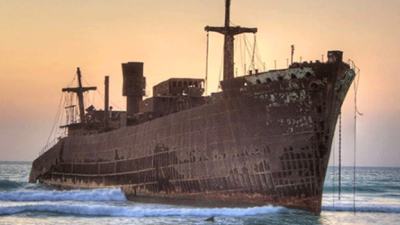
THE GREEK SHIP

UNDERGROUND CITY
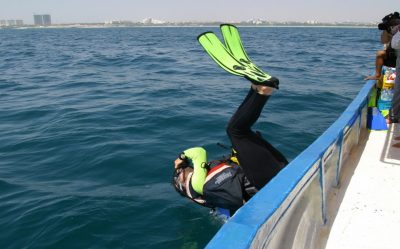
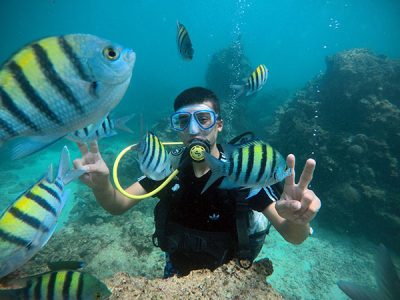
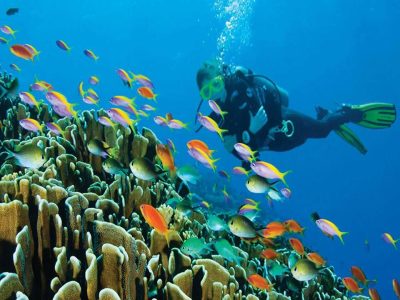
DIVING IN KISH
The coral reefs in the eastern part of Kish Island are among the richest and most beautiful diving sites in the country. Diving is possible year-round on Kish Island, with shallow sites suitable for everyone, including beginners. The presence of diving training and recreational centers on the island has made it a prominent diving hub in the country.
1.Big Coral, Jurassic Park
These two sites are located in the eastern part of the island and have a maximum diving depth of 6 to 8 meters. For snorkeling, night diving, and underwater photography, you can visit the diving clubs on the island, where you can use a diving boat or drive to the Simorgh Hotel beach and access Big Coral from there.
2.Southern Crack
Southern Crack is a coral reef located 3 miles south of the island. It is a dive site with a depth of 22 meters.
3.Dama Wreck
The Senegalese freighter lies at a depth of 33 meters in the southeastern waters of Kish. Diving around the sunken ship, which is 4 miles from the island, requires no special diving skills. However, entering the wreck requires special training.
4.Hoor Cottage
This site is located at the westernmost point of Kish Island, in an area called Kolbeh Hoor (Hoor Cottage). The 8-meter dive site can be accessed from a small southern beach or through a rocky headland in the west.
5.Greek Ship
The ship is located on the western side of the island, in an area with a diving depth of 4 to 5 meters. Access to the diving site is possible via steps embedded in a seaside park in front of the ship, or through the crater on the northern side of the ship.
6.Sambaro Site
This site is one of the most beautiful coral reefs, located between Kish and Hendurabi Islands. Access to the site is possible by boat from Kish harbor or from Hendurabi Island. Sambaro is 10 kilometers from Kish Island and 7 kilometers from Hendurabi.
7.Hendurabi Island
Hendurabi Island is located 23 kilometers west of Kish Island, between Kish and Lavan Islands. The waters surrounding the island are home to a variety of corals. Currently, access to the island is only possible via chartered boats from Kish Island. The surrounding waters are 6 to 8 meters deep, making them ideal for snorkeling and night diving. However, the sites to the south of the island are deeper.
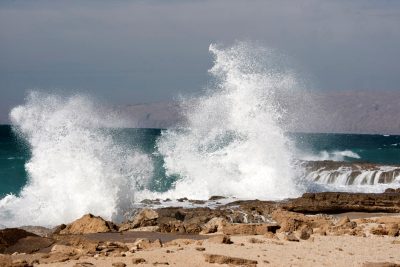
HOOR COTTAGE

SAFARI
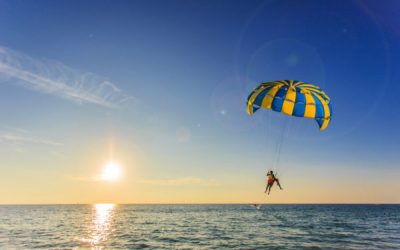
PARASAILING
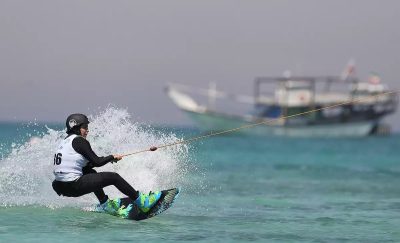
CABLE SKI
The complex includes a reservation office, cloakroom, starting stage, training room, cable ski equipment shop, restaurant, and coffee shop. Located in one of the most beautiful areas of Silver Beach, surrounded by coconut trees and with public parking nearby, the park is easily accessible from Men Beach.
This easy, safe, and enjoyable sport has no special age restrictions. The cable ski park is an amusement attraction that should not be missed.
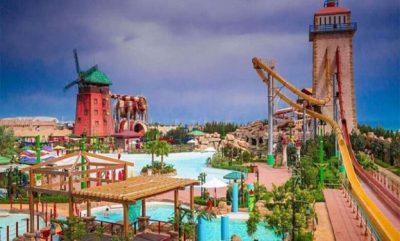
WATER PARK
The theme of Ocean Water Park is inspired by the tale of a group of pirates who attack an island. Led by a Saiyan captain, the pirates capture the Sun Castle to obtain the Sun Disk and rule the seas. Three brothers—Polad, Mahan, and Basho—residents of Khorsheed Castle, decide to fight back against the pirates and reclaim the castle.
The Ocean Water Park also boasts two 24-meter-long rides, Pichalup and Adrenaline, which are among the tallest rides in the region.
